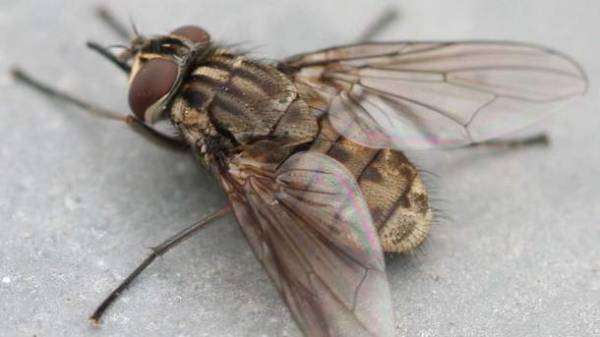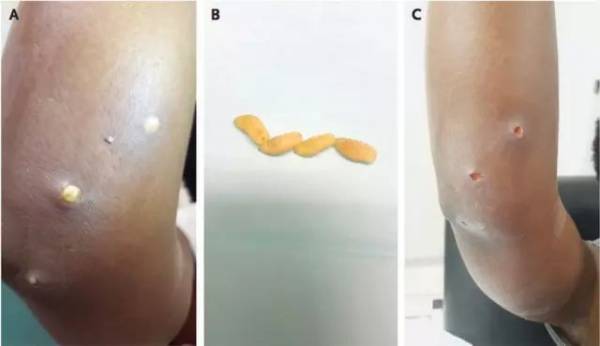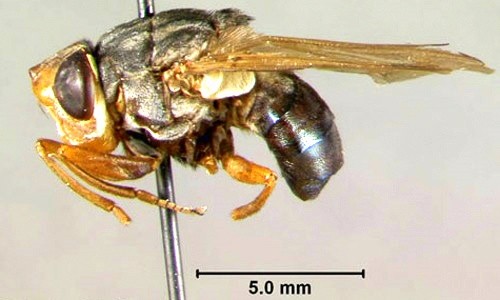
46-year-old Briton, returning from côte d’ivoire, went to the hospital, complaining of the appearance of a strange painful wounds on the hand. At first, the doctors took swelling for inflamed insect bites. The woman was given antibiotics and sent home. But the patient returned to the clinic the next day because the pain in the hand not only failed, but also became stronger. Then the doctors realized that not just dealing with an infection or an allergic reaction, they noticed that the wounds, something moves. It turned out that underneath the skin the woman settled the larvae of flies-table – reports “life”.

The first figure of the larva flies-table still not removed from the body of the patient. In the center — larvae after being pulled from the woman’s hand. In the photo to the right is a picture of the holes that are left after the extraction of parasites.
In fact, the swelling was not caused by the insect bites. Doctors found the wounds, a few larvae of flies-table. The woman was greatly surprised on hearing this. The fly-table was widespread on the African continent, and, as it turned out, the British just recently returned from côte d’ivoire. Females of this insect can lay eggs on wet clothes or in the soil and if larvae come into contact with human skin, they can bite into it. As a rule, the insects choose places on the back, buttocks or backs of the thighs of the person.

The fly-table
At first, the doctors tried to squeeze out the larvae, but in the end they had to resort to surgery. The woman was done under local anaesthesia and pulled parasites. After surgery, the patient gave antibiotics and she went home. According to the latest reports, the Briton feels quite good.
“If the larvae were not removed, they would not be hatched out of hand in the form of flies. Typically, when fly larvae-Cabinet a little older, is independently selected from the skin and continue to develop in the soil,” says Dr. John Park.







